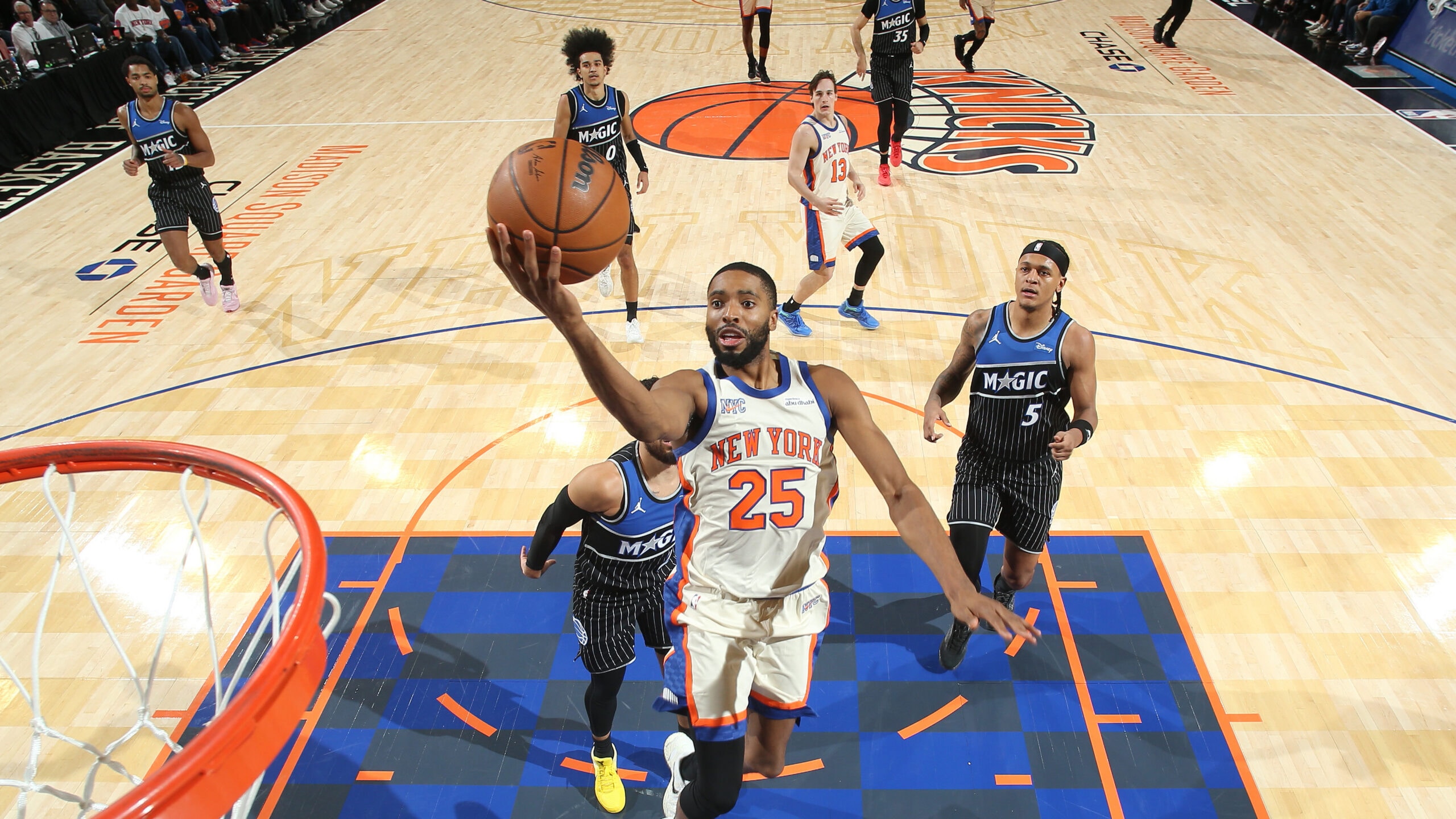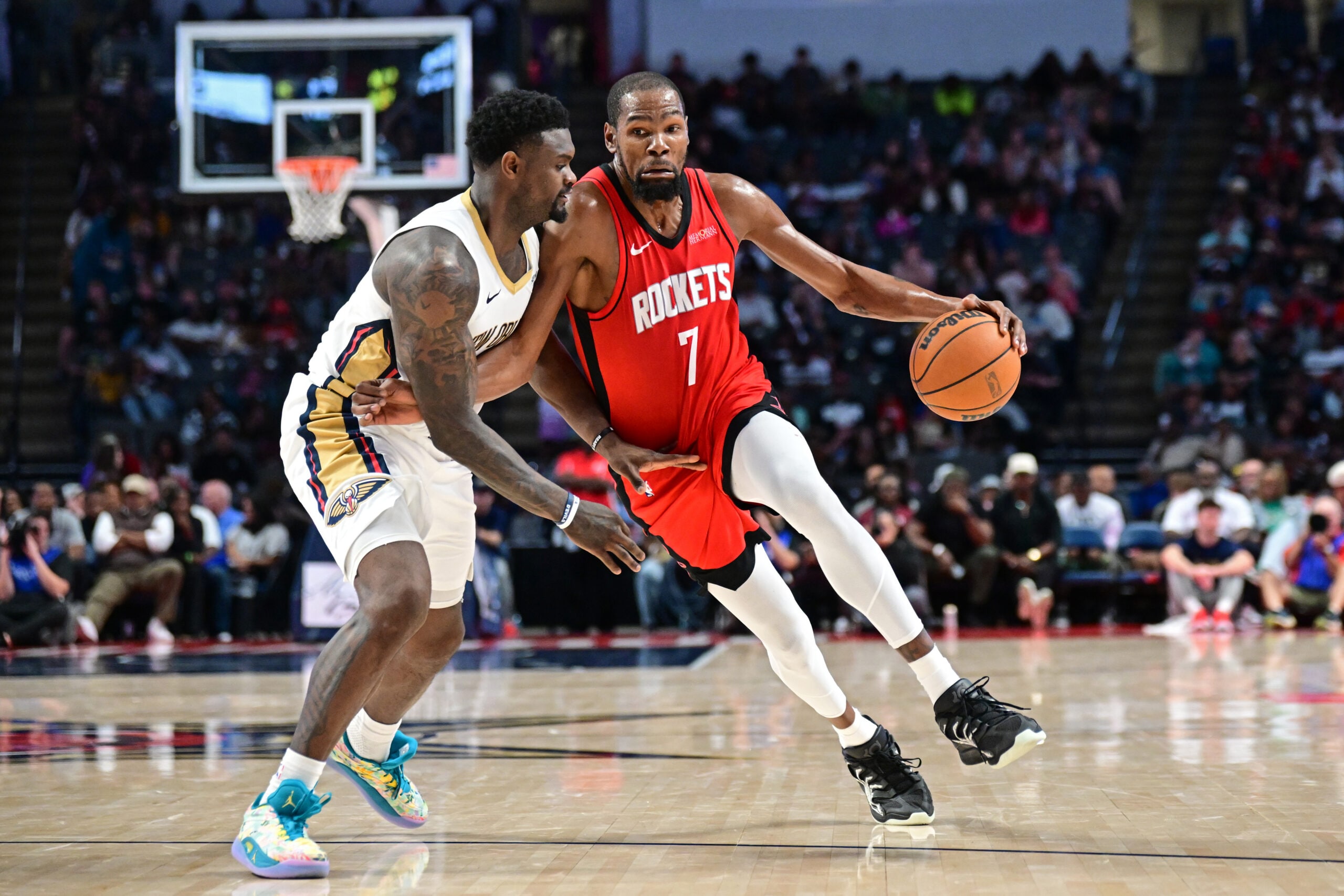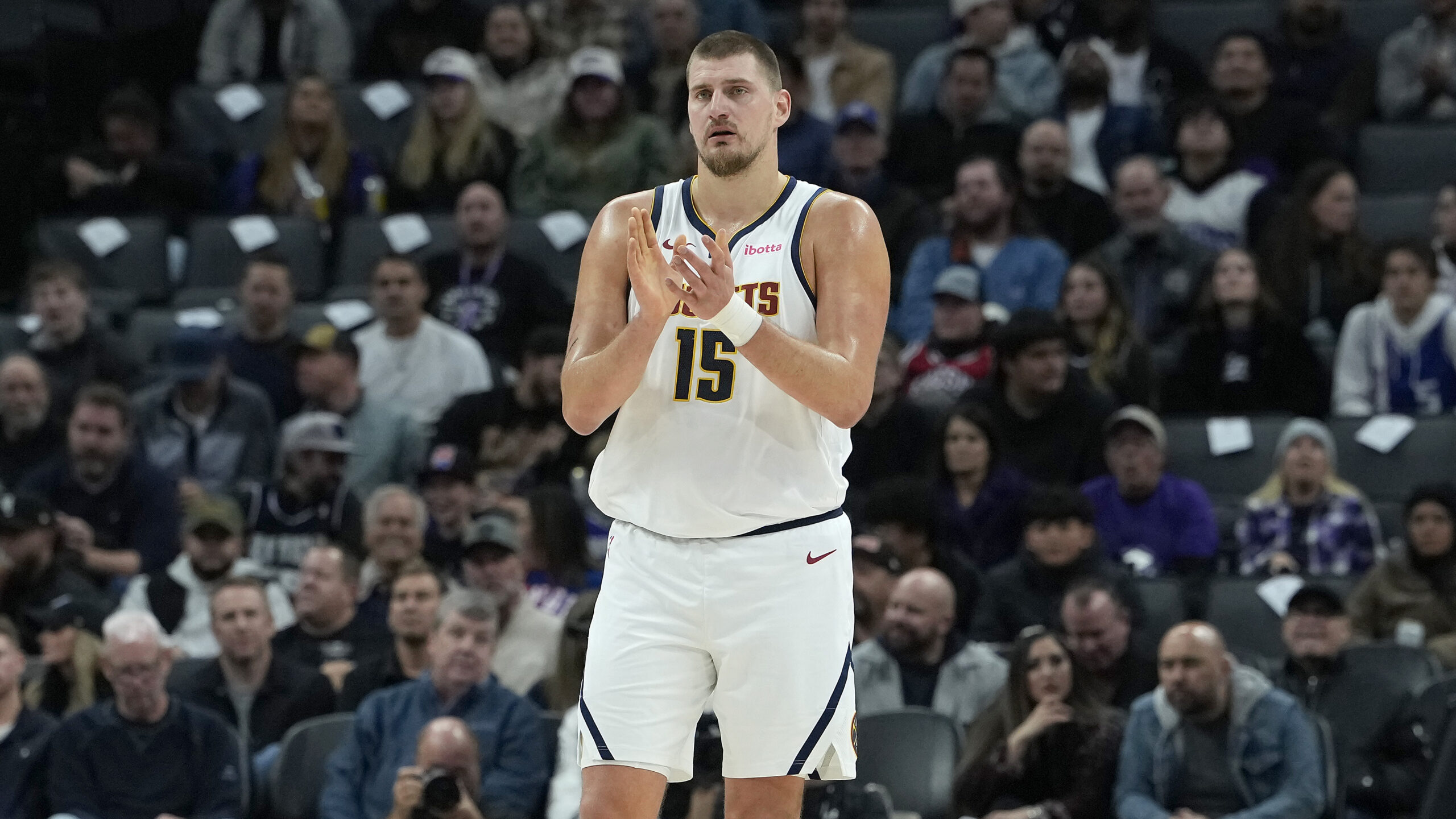LAS VEGAS – The feeding frenzy of NBA free agency did more than keep the league in the sports headlines in July or commit upwards of a half billion dollars to player contracts in the days after the opening bell.
It also generated significant discussion among team management and NBA executives during the Board of Governors meeting Tuesday, and dominated the media session afterward with commissioner Adam Silver.
The winners and losers of the frenetic player signings and movement won’t be known until the 2019-20 season and beyond. That there were winners and losers, though, was known immediately as stars such as Kevin Durant, Kyrie Irving, Jimmy Butler, Al Horford, Kemba Walker and Kawhi Leonard switched teams. Lots of the talk Tuesday focused on how those outcomes came about, and whether the rules served all of the constituents.
“I don’t necessarily see it as player versus owner,” Silver said. “When we step back, what’s best for the fan? I think what’s best for the fan is a 30-team league which everyone has the opportunity to compete with a fair set of rules. I think to the extent that the balance of power is out of whack a little bit, we should address it.”

Silver added: “Even this notion of player power, what we’re really talking about is a small group of players.”
There were and still are vast ripple effects, though, as second- and third-tier players sought deals or came up empty. Then there was the issue of the so-called moratorium, the period from June 30 to July 6 in which teams, players and their representatives are only supposed to talk and negotiate, without actually inking deals. That generally is viewed as a wink-wink proposition these days.
Then there are team identification and continuity issues that arise when as many as 40 percent of the league’s players hit free agency at the same time, as happened this summer.
“We knew when we shortened contracts several years ago that the math [meant] you’re going to have more free agency,” Silver said. “It’s always a two-edged sword. On one hand, it creates a sense of renewal in a lot of markets. It gives teams an opportunity to rebuild. But the downside, of course, is for other teams, they potentially lose players.”
While stating that he didn’t want the league to overreact to one offseason, Silver did say they would explore rules that can be changed unilaterally, while identifying areas that need to be collectively bargained with the players.
Another element of this offseason: For the second time in eight months, an MVP-caliber player with years left on his contract told management he wanted to be traded. In December, it was All-Star center Anthony Davis, whose demand and specific desire to land with the Los Angeles Lakers torpedoed the New Orleans Pelicans’ season. Last week, it was Oklahoma City wing Paul George abruptly asking out to join Leonard in a tandem move to the Los Angeles Clippers.
While noting that trade demands are nothing new, Silver acknowledged: “It falls in the same category of issues of the so-called rule of law within a sports league. You have a contract and it needs to be meaningful on both sides. There’s an expectation if you have a contract and it’s guaranteed that the team is going to meet the terms of the contract, and the expectation on the other side is the player is going to meet the terms of the contract.
“Trade demands are disheartening. They’re disheartening to the team. They’re disheartening to the community and don’t serve the player well. The players care about their reputations just as much. So that’s an issue that needs to be addressed.”
Durant and Irving signed with Brooklyn, leaving Golden State and Boston, respectively. Leonard exited Toronto before the last scrap of confetti was gone from the Raptors’ championship celebration. And though neither the Nets nor the Clippers historically have been free-agent magnets, the bottom line was big names heading to huge markets in New York and California.
Next up? Milwaukee and its chances of convincing reigning Kia NBA MVP Giannis Antetokounmpo to sign a mega-deal extension next summer before he can test free agency in 2021.
“My sense in the room today was that we’ve got work to do,” Silver said. “It’s still the same principles of fair balance of power and a sense that it’s a level playing field. I think that’s what teams want to know.
“My job is to enforce a fair set of rules for all our teams and a set of rules that are clear and make sense for everyone. I think right now we’re not quite there.”
Among other topics discussed by the Board of Governors Tuesday and/or by Silver in his session with reporters:
* Even the actual, nitty-gritty game-related news Tuesday – added opportunities for replay reviews – could be said to derive from the priority on fairness. Getting referees’ calls right, despite grumbles about in-game delays, drove the addition for this season of a coach’s challenge, as well as reviews triggered directly from the Replay Center in New Jersey.
Similar to coaches’ and managers’ ability to request replay in NFL and MLB contests, each NBA team will be entitled to one challenge per game. A team can use it for the following instances: a called personal foul charged to that team; a called out-of-bounds violation, or a called goaltending or basket interference violation.
A team must have a timeout available to issue a challenge. And no, there won’t be a flag for each coach to toss as in football; a twirling of the finger, the signal referees currently use, will be sufficient. The challenge system has been in effect for two years in the NBA G League and during Summer League play this year.
The Replay Center will initiate reviews immediately this season in deciding 2-point vs. 3-point shots and determining shot-clock violations. An additional courtside administrator will work at the scorer’s table at each game to expedite communication between the game officials and the folks in Secaucus.
* Television ratings in the playoffs, down compared to numbers reported in recent years, were not troubling to Silver.
“I do not believe, and the data doesn’t support, that it’s from declining interest,” Silver said. “We have other measurements of social media, fan support [and] attendance that demonstrate that, in fact, interest is growing. And certainly ratings, even conventional ratings, are growing outside of the United States.”
A generational shift away from traditional TV viewing, including “cord-cutting,” streaming and even pirating might be at work on NBA ratings. Silver said the changes in media options could mean talks and modifications with the broadcast partners, despite six years remaining on those agreements.
“I don’t think there’s anything endemic to the league,” Silver said of the ratings data. “In fact, at our board meeting we discussed the growth in popularity of the sport, the growth in participation, the fact that we have a young, diverse, global audience. All very positive indicators.”
Steve Aschburner has written about the NBA since 1980. You can e-mail him here, find his archive here and follow him on Twitter.
The views on this page do not necessarily reflect the views of the NBA, its clubs or Turner Broadcasting.










